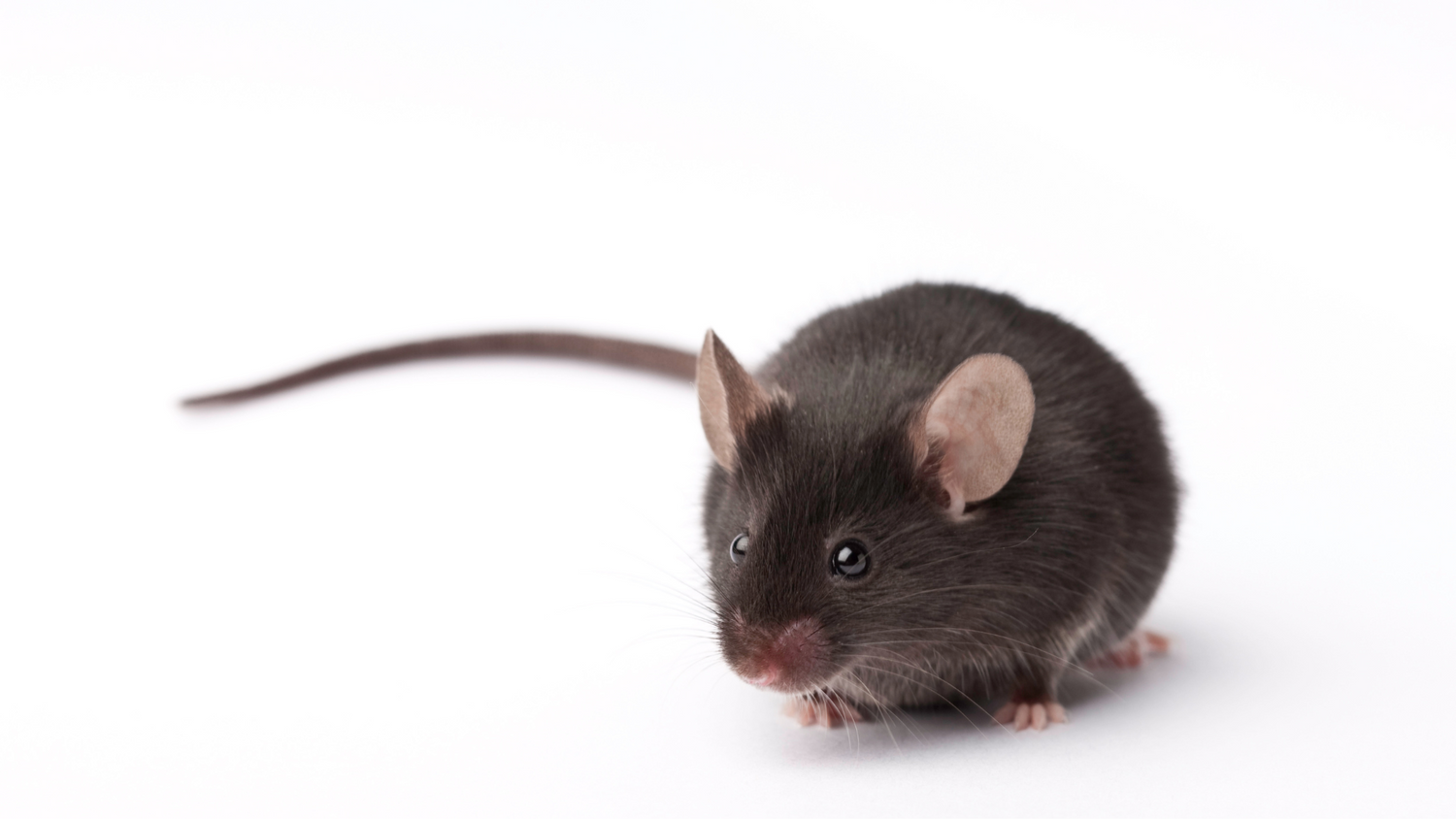Ulcerative dermatitis (UD) has long been a concern within the laboratory animal science community, affecting the well-being and research potential of laboratory rodents. It is essential for research professionals to gain a deeper understanding of this complex condition, its potential causes, available treatments, and the challenges faced by animal care teams in its prevention and management.
ClearH2O conducted a comprehensive survey of 160+ experienced animal care professionals working in diverse laboratory settings. The survey aimed to explore their first-hand experiences with UD, ranging from incidence rates to potential causes, treatment methods, and the pivotal role that nutrition may play in prevention and intervention. The insights contained will aid in understanding and addressing this critical issue to uncover solutions and improve the welfare of laboratory animals.
Ulcerative dermatitis is a common condition that affects laboratory rodents, particularly mice and rats. It is characterized by the development of ulcers or sores on the skin, typically around the face, nose, ears, or paws. The exact cause of ulcerative dermatitis is not fully understood, but it is believed to be multifactorial. Contributing factors may include environmental stress, poor hygiene, poor diet, overcrowding, trauma, allergies, mites, bacterial or fungal infections, and genetics.
According to the survey results, most animal care teams tend to treat ulcerative dermatitis with nail trims and topical creams. Some vivariums will separate animals or place the affected animal on hypoallergenic bedding. If the condition worsens or the model is no longer required for research, researchers may need to euthanize the affected animal.
76.7% of survey respondents indicated that their standard treatment procedure resolves UD in most cases. However, treating ulcerative dermatitis comes with its own unique challenges for researchers. Animal care teams are often balancing the need to maintain aged models for studies with the need to euthanize an affected animal for welfare reasons. Survey participants indicated that the labor involved with applying topicals daily or facilitating regular nail trims can be a challenge as well.
Proper nutrition is fundamental to maintaining optimal health in laboratory animals. Survey participants were asked to share their experiences and opinions on the role nutrition may play in preventing or treating ulcerative dermatitis. Overall, 86.5% of respondents revealed that they believe good nutrition is at least somewhat effective at preventing or treating UD. How effective do you think nutrition can be? Let us know in the comments below!
The full 2023 Ulcerative Dermatitis Survey Report is available now! 160+ research laboratory animal professionals shared their insights about the incidence of ulcerative dermatitis, the factors that contribute to its progression and development, the treatment methods available, and more.
Click below to download your copy of the report today:

ClearH2O conducted a comprehensive survey of 160+ experienced animal care professionals working in diverse laboratory settings. The survey aimed to explore their first-hand experiences with UD, ranging from incidence rates to potential causes, treatment methods, and the pivotal role that nutrition may play in prevention and intervention. The insights contained will aid in understanding and addressing this critical issue to uncover solutions and improve the welfare of laboratory animals.
What is Ulcerative Dermatitis?
Ulcerative dermatitis is a common condition that affects laboratory rodents, particularly mice and rats. It is characterized by the development of ulcers or sores on the skin, typically around the face, nose, ears, or paws. The exact cause of ulcerative dermatitis is not fully understood, but it is believed to be multifactorial. Contributing factors may include environmental stress, poor hygiene, poor diet, overcrowding, trauma, allergies, mites, bacterial or fungal infections, and genetics.
How is Ulcerative Dermatitis Treated?
According to the survey results, most animal care teams tend to treat ulcerative dermatitis with nail trims and topical creams. Some vivariums will separate animals or place the affected animal on hypoallergenic bedding. If the condition worsens or the model is no longer required for research, researchers may need to euthanize the affected animal.
76.7% of survey respondents indicated that their standard treatment procedure resolves UD in most cases. However, treating ulcerative dermatitis comes with its own unique challenges for researchers. Animal care teams are often balancing the need to maintain aged models for studies with the need to euthanize an affected animal for welfare reasons. Survey participants indicated that the labor involved with applying topicals daily or facilitating regular nail trims can be a challenge as well.
Can Nutrition Play a Role in Prevention and Treatment?
Proper nutrition is fundamental to maintaining optimal health in laboratory animals. Survey participants were asked to share their experiences and opinions on the role nutrition may play in preventing or treating ulcerative dermatitis. Overall, 86.5% of respondents revealed that they believe good nutrition is at least somewhat effective at preventing or treating UD. How effective do you think nutrition can be? Let us know in the comments below!
Unlock More Insights and Download the Report
The full 2023 Ulcerative Dermatitis Survey Report is available now! 160+ research laboratory animal professionals shared their insights about the incidence of ulcerative dermatitis, the factors that contribute to its progression and development, the treatment methods available, and more.
Click below to download your copy of the report today:





Leave a comment
All comments are moderated before being published.
This site is protected by hCaptcha and the hCaptcha Privacy Policy and Terms of Service apply.